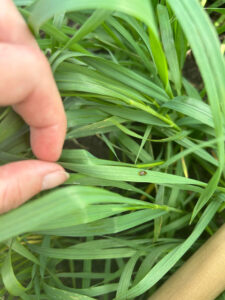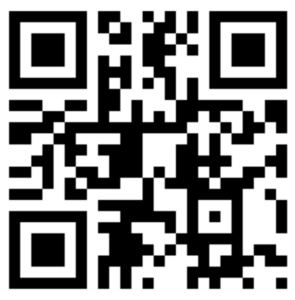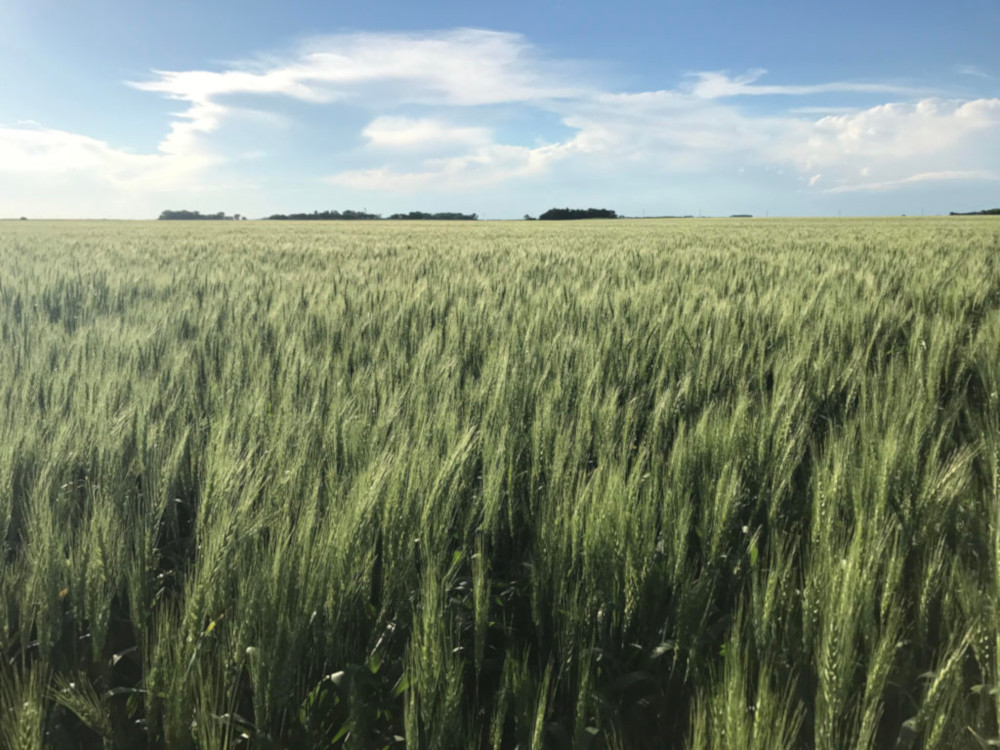The cereal leaf beetle is an invasive insect of small grains that is finding its way into new parts of Minnesota after almost 13-years without notice.
But this is no ordinary beetle.

Cereal Leaf Beetle
The cereal leaf beetle originates from Europe but was originally found near Michigan in the 1960s, according to Dr. Anthony Hanson, regional extension educator from the University of Minnesota (UMN). Up to 2010, Minnesota populations had been documented in the southeastern corner of the state. For more than a decade, not many sightings occurred in Minnesota – that is, until the pests started appearing in northwestern counties in 2023. Cereal leaf beetles were found in Clay, Mahnomen, Norman and Red Lake counties.
The range of sightings has baffled Minnesota entomologists, as they are unsure whether small populations made their way across the state from the southeast or if they crossed the border from North Dakota. Sightings were also seen in North Dakota’s McIntosh County in 2023, causing substantial yield loss in some wheat fields. A few fields in the area reported 25-33% of plants were infested with leaf eating larvae.
“This is something we really haven’t had to deal with too much in Minnesota,” Hanson said. “We’re just starting to see what could happen with this pest in northwest Minnesota.”
‘Weird insect’
The larvae have a rather foul feature: The insect carries its frass (the term for insect feces) on its mucus covered back as a defense against predators. At a distance, the mucus makes the larvae look slug-like. Farmers or scouts that walk through a heavily infested wheat field wind up covered in slime.
“This is a really weird insect, even for us entomologists,” Hanson said. “There’s a lot of nastiness to it.”
The larvae cause the most damage to the plant by feeding on the leaves. Scouts look for a trailing feeding pattern, which can make leaves have a frosted appearance can make a field appear white. While it isn’t known to directly transmit disease, feeding may increase the risk of opportunistic diseases.
“If there is damage to the leaves, that tells you to take a closer look at what might be causing it,” Hanson said. “Not too many insects here feed directly on the small grains leaves besides grasshoppers.”

QR code to crop scouting form
In wheat, this feeding is particularly alarming prior to and just after the boot stage. When new leaves pop out, it’s important for them to collect as much sunlight as they can, but damage to the leaf caused by the cereal leaf beetle can limit sunlight intake. Most damage is seen around mid-June.
“There is definitely potential for significant yield loss that can be up to 30-50% in severe infestations,” Hanson said.
Hanson advises against preventative pesticide sprays, which might give low-level beetle populations an opportunity to gain insecticide resistance. Waiting to spray until the three beetles are present per flag leaf will also help protect yield. This threshold decreases to one beetle after boot stage.
Another preventative measure growers can take is volunteering wheat fields for the scouting program, which is supported by the Minnesota Wheat Research & Promotion Council.
“If anyone has a wheat field in western Minnesota, they could submit a form,” Hanson said. “We’re definitely looking for sites so we can take a look out there.”
To participate in the scouting program, visit z.umn.edu/wheatipm2024 or contact Hanson at hans4022@umn.edu.
“Be careful about this one,” said Hanson, “but don’t jump the gun before you know your field has a problem.”





